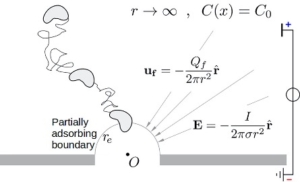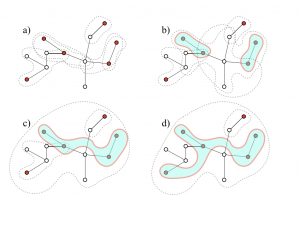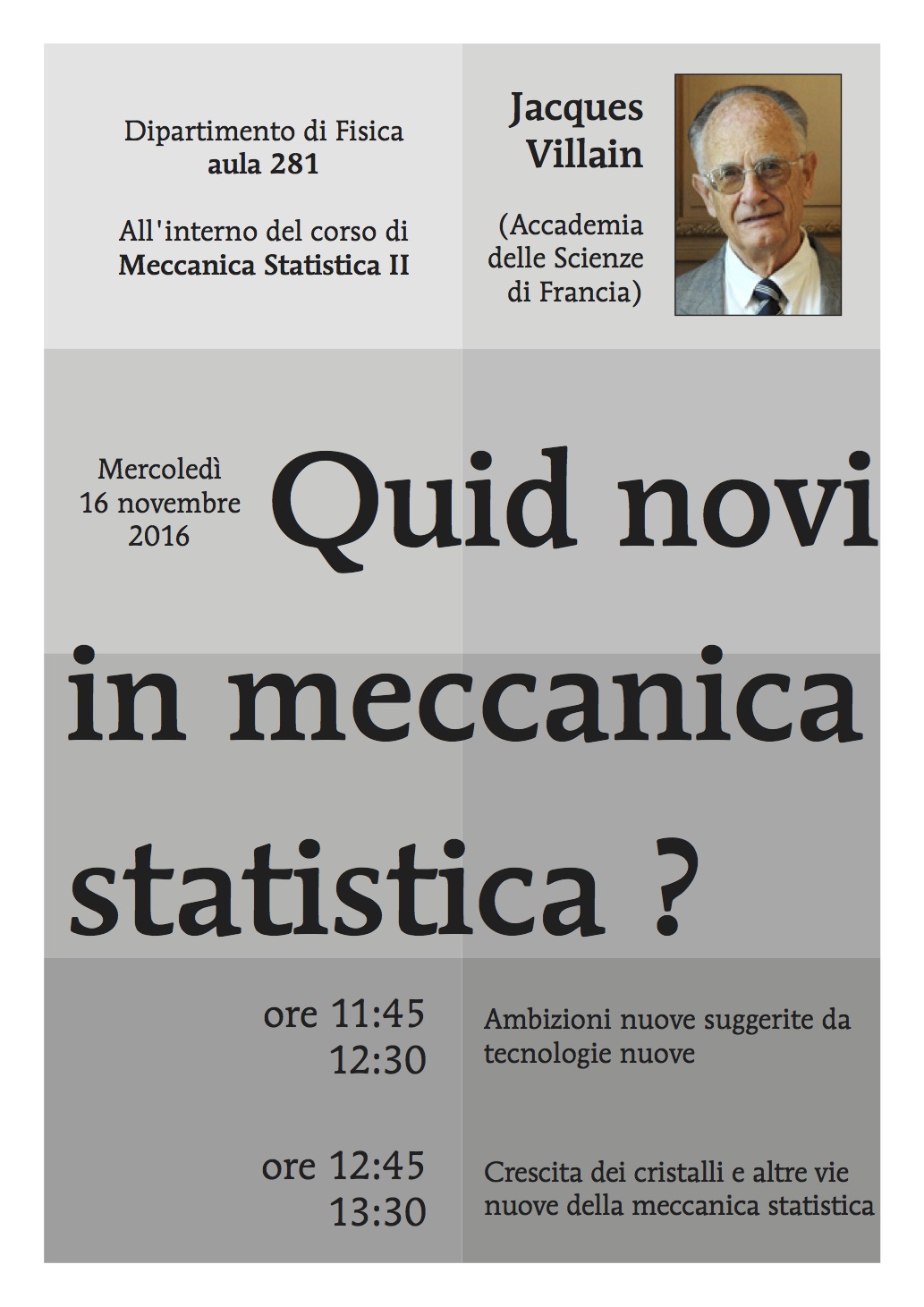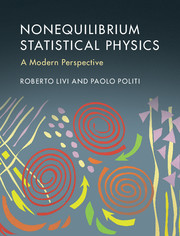Crisis in Time-Dependent Dynamical Systems on PRL cover
Interesting work by ISC researcher Simona Olmi and ISC associate Antonio Politi on PRL cover.
S. Olmi and A. Politi, Crisis in Time-Dependent Dynamical Systems, Phys. Rev. Lett. 134, 147202 (2025)
Abstract
Many dynamical systems operate in a fluctuating environment. However, even in low-dimensional setups, transitions and bifurcations have not yet been fully understood. In this Letter we focus on crises, a sudden flooding of the phase space due to the crossing of the boundary of the basin of attraction.




